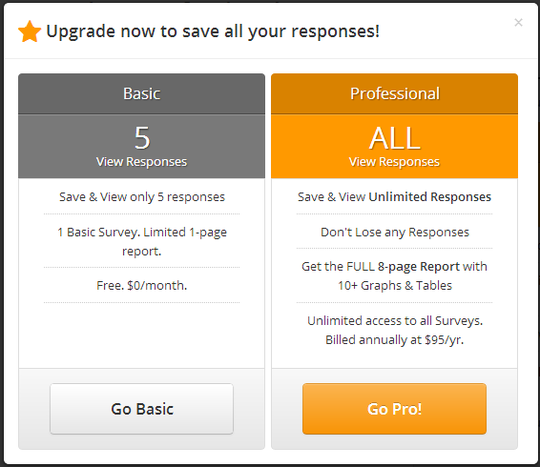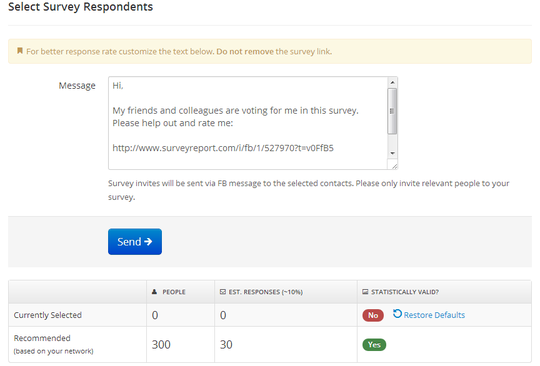The bystander effect has been studied in psychology for many, many years. Essentially, this is the thought that in an emergency situation, the more bystanders present, the less likely someone will take action to help. This tends to fall under people's assumption that, in a larger crowd, someone else will step up and help.
Is this also true in social media? While social media and all that comes with it, including pictures and sharing of every detail in people's observations, can actually help solve crimes in some cases, the bystander effect still rings true in our technological world, though social media seems to give people more of a voice to help out.
Take, for instance, cyber bullying.
Unfortunately, this is one aspect of social media that can be very negative. Teens and pre-teens do not fully understand social media and its implications. They still believe often times that they can remain anonymous, perhaps behind a newly created Gmail or Twitter account, to harass and behave poorly on social networks. One piece of "gossip" can spread like wildfire, and the original poster loses control of that message.
Even when using accounts that require your 'real" identity, they feel that they can post a message and later delete it, and it's forever gone. That can't be farther than the truth, as we know, but it's not fully realized by all using social media.
When others see this information, do they simply read it and move on, thinking that surely someone will contact the authorities, parents, or school, depending on the situation? Or, are social media users more likely to take action.
Consider this recent example: a high school couple, who was fairly popular within a large high school setting, got into a very heated argument and broke up. The young man proceeded to lash out and posted a very public Facebook message, even tagging his now ex-girlfriend, sharing very blatant accusations about her.
These ranged from her stealing money from her parents to buy drugs, how many people she has slept with, and the like. Of course, because it was on a social network and they were popular students, the post went crazy, with hundreds of likes (really?) and comments within an hour. It was deleted within a few hours, but that didn't stop others from talking about it and referencing it.
Given the bystander effect, I weeded through the comments to see what would be done, if anything, especially given that this was a younger crowd. What I learned was interesting - while the message spread and was talked about, likely for days after the incident, many students stated that they had reported it to Facebook, parents, the school, and authorities. I later learned that this was in fact true and was handled appropriately.
Perhaps social media can offset the bystander effect, as it seems to give people more of a voice than before. It could be the nature of social media; because you're behind your computer, you're more likely to act on things than a person would be in public?
This has also rang true for crimes. The media and police have turned to social media to monitor conversations about local situations, and can reach out to those making comments for help. Other times people are very quick to offer tips and information through social media venues.
There was the case last year where a man had barricaded himself, with hostages, in a building in New Jersey. He posted on Facebook during this time, and people responded with comments, encouragement, and tried to help authorities in ending the situation in the best possible manner.
It could be that social media can break the bystander effect to some degree; if that is the case, then social media can be very useful for helping those in need. I'd love to see more research in this area to study the true effects social media has on this psychological phenomenon.
If you liked this, you should sign up for the LinkedIn Marketing & Advertising Tips from Franchise-Info newsletter.
Or, for more information on the Franchise-Info Business Directory, call Joe at 1-443-502-2636 or email Joe direct [email protected]



